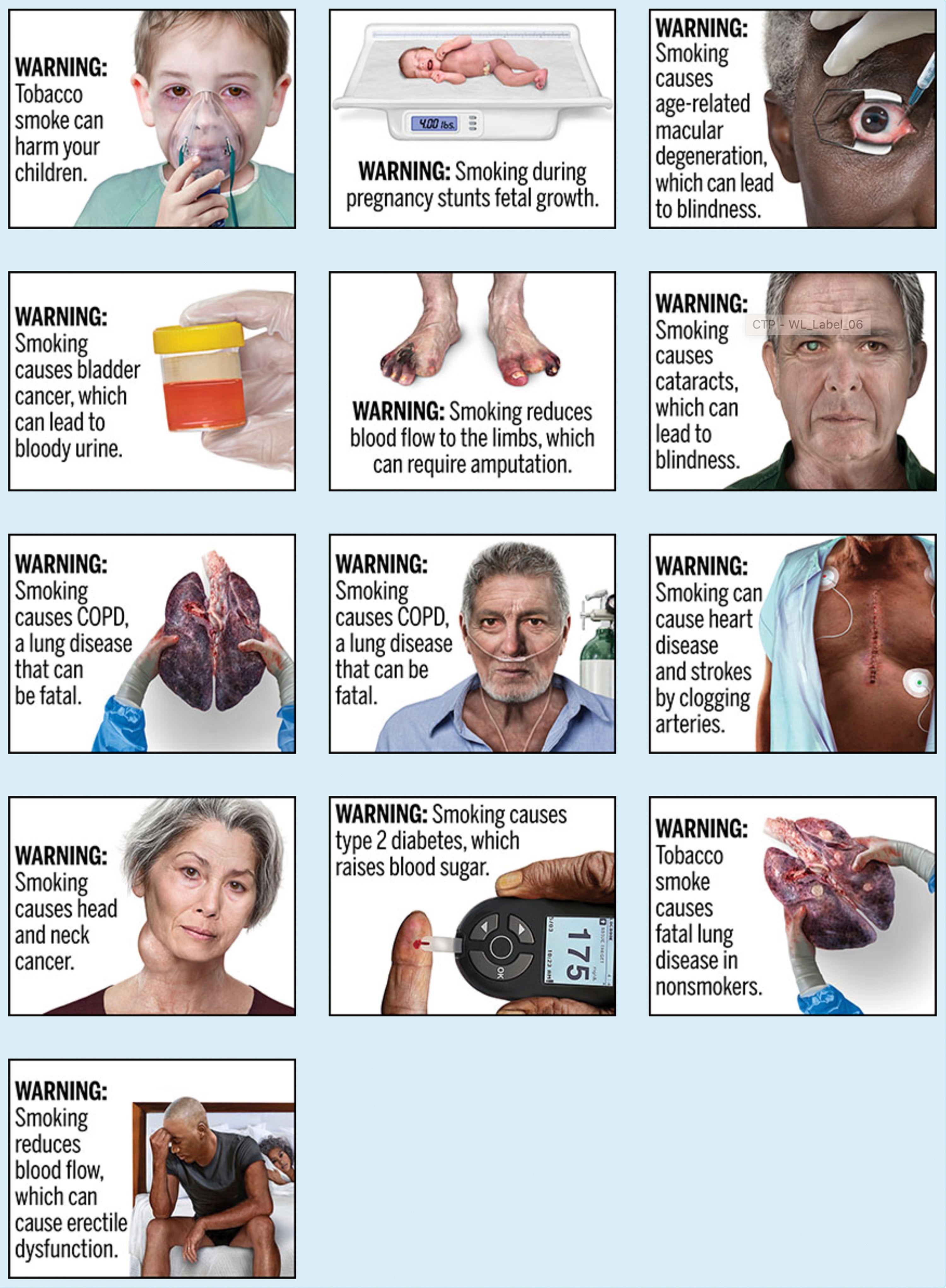Requiring ugly images of smoking's harm on cigarettes won't breach First Amendment, court says
A federal appeals court says a requirement that cigarette packs and advertising include graphic images demonstrating the effects of smoking does not violate the First Amendment

A federal requirement that cigarette packs and advertising include graphic images demonstrating the effects of smoking — including pictures of smoke-damaged lungs and feet blackened by diminished blood flow — does not violate the First Amendment, an appeals court ruled Thursday.
The ruling from a three-judge panel of the 5th U.S. Circuit Court of Appeals was a partial victory for federal regulators seeking to toughen warning labels. But the court kept alive a tobacco industry challenge of the rule, saying a lower court should review whether it was adopted in accordance with the federal Administrative Procedure Act, which governs the development of regulations.
The 5th Circuit panel rejected industry arguments that the rule violates free speech rights or that it requires images and lettering that take up so much space that they overcome branding and messaging on packages and advertisements.
The ruling overturns a lower court order from a federal district court in Texas, where a judge found the requirements violate the First Amendment.
“We disagree,” Judge Jerry Smith wrote for the 5th Circuit panel. “The warnings are both factual and uncontroversial.”
While reversing the lower court's First Amendment finding, the panel noted that the judge had not ruled on the APA-based challenge. It sent the case back to the district court to consider that issue.
The images in question include a picture of a woman with a large growth on her neck and the caption “WARNING: Smoking causes head and neck cancer.” Another shows a man's chest with a long scar from surgery and a different warning: “Smoking can cause heart disease and strokes by clogging arteries.”
Nearly 120 countries around the world have adopted larger, graphic warning labels. Studies from those countries suggest the image-based labels are more effective than text warnings at publicizing smoking risks and encouraging smokers to quit.
In addition to Smith, who was nominated to the court by former President Ronald Reagan, the panel included judges Jennifer Walker Elrod, nominated by George W. Bush, and James Graves, nominated by Barack Obama.